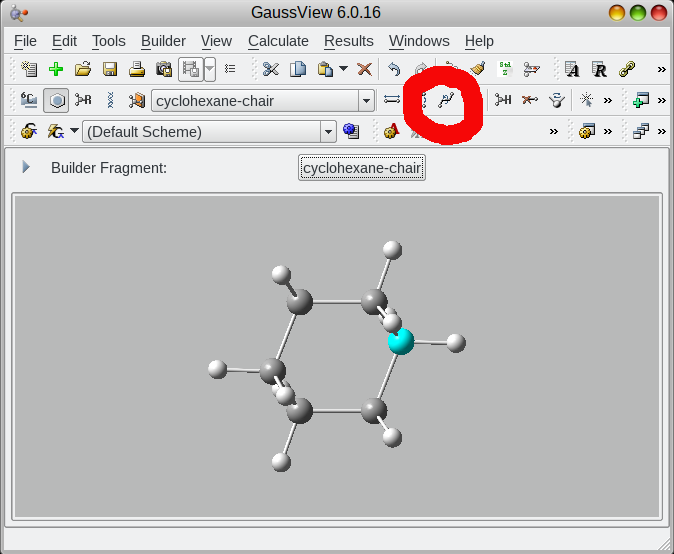

If molecular symmetry is present, calculates symmetry components (for each irreducible representation) of Mayer bond orders

Ĭalculates the Mayer bond orders (including the bond order contributions from alpha- and beta-spin occupied orbitals for open-shell systems) between molecular fragments.(calculated in the canonical orbital basis: (P*S) x (P*S) and in the orthonormal Lowdin orbital basis) simulate UV-Vis absorption spectra from Gaussian TD-DFT calculations.Ĭalculates the Wiberg bond order indices between molecular fragments.probe molecular orbital contributions to bonding using orbital occupancy-perturbed Mayer bond orders (OOPBOs).calculate the two-center (Mayer, Wiberg, Lowdin) and multi-center bond orders between molecular fragments.
#Gaussian software to know charge of binding pocket free#
calculate the total and free valence index for atoms or fragments.evaluate charge transfer characters of electronic transitions.create total, partial and overlap population density-of-states plots.(using the charge decomposition analysis, CDA, implemented in the AOMix-FO module) calculate the amount of electron donation and back-donation between molecular fragments.evaluate bonding / antibonding contributions of molecular orbitals to the electronic structure (using overlap populations).analyze molecular orbital compositions in terms of fragment atomic/molecular orbitals.generate wave functions of multi-fragment molecular systems from converged fragment wave functions (any spin state and spin coupling).Photoexcitation? AOMix helps to answer these questions. Nature of the corresponding excited state? What will happen with this molecule / ion after the What does it tell us about properties of this molecule/ion? What do we know about the Let's say, there is a band in an absorption spectrum of a molecule or an ionĪt 400 nm which is assigned to a HOMO -> LUMO+2 electron excitation. This software was developed to help in the analysis of the nature of the chemical bonding in molecular systemsĪnd to monitor changes in the electron density distribution upon the electron excitation. Overlap population DOS plots are also refered in the literatureĪs Crystal Orbital Overlap Population (COOP) diagrams.Ī very important part of quantum chemical research is to interpret the results in terms of qualitative concepts.

Plots (these are available in line-plot and continuous-plot representations, see Figures 1, probing of molecular orbital contributions to bonding using orbital occupancy-perturbed Mayer bond orders (OOPBOs) Ĭharge decomposition analysis, CDA (total, per molecular orbital, per symmetry type),ĪOMix generates total, partial, and overlap population density-of-states (DOS).Overlap populations (total and per molecular orbital), valence indices,Ģ-center (Mayer, Lowdin, Wiberg, and bond-order symmetry components) and 3-, 4-, 5- and 6-center bond orders, AOMix automatically processes output files of multiple quantum-chemical packagesĪOMix also allows you to analyze chemical structure (bonding/antibonding nature of molecular orbitals) using Groups of atoms, atomic orbitals, fragment molecular orbitals, groups of atomic orbitals, etc.)

It calculates the MO compositions in terms of the constituent chemical fragments (you can specify them as atoms, AOMix is a user-friendly software for the molecular orbital (MO) analysis.


 0 kommentar(er)
0 kommentar(er)
